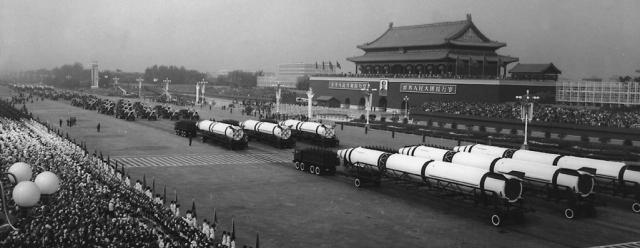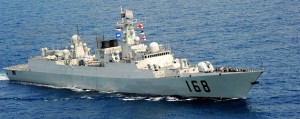By William Selby
In the year 2000, the United States military used Unmanned Aerial Systems (UASs) strictly for surveillance purposes and the global commercial UAS market was nascent. Today, the combination of countries exporting complex UAS technologies and an expanding commercial UAS market advances the spread of UAS technologies outside of U.S. government control. The propagation of this technology from both the commercial and military sectors will increase the risk of sophisticated UASs becoming available to any individual or group, regardless of their intent or financial resources. Current and future adversaries, including non-state actors, are likely to acquire and integrate UASs into their operations against U.S. forces. However, U.S. forces can reduce the advantages of abundant UAS capability by limiting the massing of resources and by conducting distributed operations with smaller maneuver elements.
Leveraging the Growth in the Commercial UAS Market
While armed UAS operations are only associated with the U.S., UK, and Israel, other countries with less restrictive export controls are independently developing their own armed UAS systems. Chinese companies continue to develop reconnaissance and armed UASs for export to emerging foreign markets. Earlier this year, social media reports identified a Chinese CH-3 after it crashed in Nigeria. Reports indicate China sold the system to the Nigerian government for use against Boko Haram. Other countries including Pakistan and Iran organically developed armed UAS capabilities, with claims of varying levels of credibility. In an effort to capitalize on the international UAS market and to build relationships with allies, the U.S. eased UAS export restrictions in early 2015 while announcing the sale of armed UASs to the Netherlands. Military UAS development is expected to be relatively limited, with less than 0.5 percent of expected future global defense spending slated to buying or developing military drones. For now, long range surveillance and attack UASs are likely to remain restricted to the few wealthy and technologically advanced countries that can afford the research costs, training, and logistical support associated with such systems. However, short range military or civilian UASs are likely to be acquired by non-state actors primarily for surveillance purposes.
Still captured from an ISIS documentary with footage shot from a UAS over the Iraqi city of Fallujah(nytimes.com)
Hamas, Hezbollah, Libyan militants, and ISIS are reportedly using commercial UASs to provide surveillance support for their military operations. Current models contain onboard GPS receivers for autonomous navigation and a video transmission or recording system that allows the operators to collect live video for a few thousand dollars or less. Small UASs, similar in size to the U.S. military’s Group 1 UASs, appeal to non-state actors for several reasons. Namely, they are inexpensive to acquire, can be easily purchased in the civilian market, and are simple to maintain. Some systems can be operated with very little assembly or training, which reduces the need for substantial technical knowledge and enables non-state actors to immediately integrate them into daily operations. These UASs are capable of targeting restricted areas as evidenced by the recent UAS activity near the White House, French nuclear power plants, and the Japanese Prime Minister’s roof. The small size and agility of these UASs allow them to evade traditional air defense systems yet specific counter UAS systems are beginning to show progress beyond the prototype phase.
Economic forecasters may dispute commercial UAS sales predictions, but most agree that this market is likely to see larger growth than the military market. Countries are currently attempting to attract emerging UAS businesses by developing UAS regulations that will integrate commercial UASs into their national airspace. The increase of hobby and commercial UAS use is likely to lead to significant investments in both hardware and software for these systems. Ultimately, this will result in a wider number of platforms with an increased number of capabilities available for purchase at a lower cost. Future systems are expected to come with obstacle avoidance systems, a wider variety of modular payloads, and extensive training support systems provided by a growing user community. Hybrid systems will address the payload, range, and endurance limitations of the current platforms by combining aspects of rotor and fixed wing aerial vehicles. The dual-use nature of these commercial systems will continue to be an issue. Google and Amazon are researching package delivery systems that can potentially be repurposed to carry hazardous materials. Thermal, infrared, and multispectral cameras used for precision agriculture can also provide non-state actors night-time surveillance and the ability to peer through limited camouflage. However, non-state actors will likely primarily use hobby and commercial grade platforms in an aerial surveillance role, since current payload limitations prevent the platforms from carrying a significant amount of hazardous material.
Minimizing the Advantages of Non-State Actor’s UAS Surveillance
As these systems proliferate, even the most resource-limited adversaries are expected to have access to an aerial surveillance platform. Therefore, friendly operations must adapt in an environment of perceived ubiquitous surveillance. Despite the limited range and endurance of these small UASs, they are difficult to detect and track reliably. Therefore, one must assume the adversary is operating these systems if reporting indicates they possess them. Force protection measures and tactical level concepts of operations can be modified to limit the advantages of ever-present and multi-dimensional surveillance by the adversary. At the tactical level, utilizing smoke and terrain to mask movement and the use of camouflage nets or vegetation for concealment can be effective countermeasures. The principles of deception, stealth, and ambiguity will take on increasing importance as achieving any element of surprise will become far more difficult.

At static locations such as forward operating bases or patrol bases, a high frequency of operations, including deception operations, can saturate the adversary’s intelligence collection and processing capabilities and disguise the intent of friendly movements. Additionally, massing strategic resources at static locations will incur increasing risk. In 2007 for example, insurgents used Google Earth imagery of British bases in Basra to improve the accuracy of mortar fire. The adversary will now have near real time geo-referenced video available which can be combined with GPS guided rockets, artillery, mortars and missiles to conduct rapid and accurate attacks. These attacks can be conducted with limited planning and resources, yet produce results similar to the 2012 attack at Camp Bastion which caused over $100 million in damages and resulted in the combat ineffectiveness of the AV-8B squadron.
In environments without the need for an enduring ground presence, distributed operations with smaller maneuver elements will reduce the chance of strategic losses while concurrently making it harder for the adversary to identify and track friendly forces. Interestingly, operational concepts developed by several of the services to assure access in the face of sophisticated anti-access/area denial threats can also minimalize the impact of the UAS surveillance capabilities of non-state actors. The Navy has the Distributed Lethality concept, the Air Force is testing the Rapid Raptor concept, and the Army’s is developing its Pacific Pathways concept. The Marine Corps is implementing its response, Expeditionary Force 21 (EF21), through several Special Purpose Marine Air Ground Task Forces.
The EF21 concept focuses on using high-speed aerial transport, such as the MV-22, to conduct dispersed operations with Company Landing Teams that are self-sufficient for up to a week. In December 2013, 160 Marines flew over 3,400 miles in KC-130s and MV-22s from their base in Spain to Uganda in order to support the embassy evacuation in South Sudan, demonstrating the EF21 concept. Utilizing high speed and long-range transport allows friendly forces to stage outside of the adversary’s ground and aerial surveillance range. This prevents the adversary from observing any patterns that could allude to the mission of the friendly force and also limits exposure to UAS surveillance. Advances in digital communications, including VTCs and mesh-networks, can reduce the footprint of the command center making these smaller forces more flexible without reducing capabilities. The small size of these units also reduces their observable signatures and limits the ability of the adversary to target massed forces and resources.
Confronting the Approaching UAS Free-Rider Dilemma
Non-state actors capitalize on the ability to rapidly acquire and implement sophisticated technologies without having to invest directly in their development. These organizations did not pay to develop the Internet or reconnaissance satellites, yet they have Internet access to high-resolution images of the entire globe. It took years for the U.S. to develop the ability to live stream video from the Predator UAS but now anyone can purchase a hobby UAS that comes with the ability to live stream HD video to YouTube for immediate world-wide distribution. As the commercial market expands, so will the capabilities of these small UAS systems, democratizing UAS technology. Systems that cannot easily be imported, such as advanced communications relays, robust training pipelines, and sophisticated logistics infrastructure can now be automated and outsourced. This process will erode the air dominance that the U.S. enjoyed since WWII, now that commercial investments allow near peers to acquire key UAS technologies that approach U.S. UAS capabilities.
The next generation of advanced fighters may be the sophisticated unmanned vehicles envisioned by Navy Secretary Ray Maybus. However, other countries could choose a different route by sacrificing survivability for cheaper, smaller, and smarter UAS swarms that will directly benefit from commercial UAS investments. Regardless of the strategic direction military UASs take, commercial and hobby systems operating in an aerial surveillance role will remain an inexpensive force multiplier for non-state actors. Fortunately, the strategic concepts developed and implemented by the services to counter the proliferation of advanced anti-air and coastal defense systems can be leveraged to minimalize the impact of unmanned aerial surveillance by the adversary. Distributed operations limit the massing of resources vulnerable to UAS assisted targeting while long-range insertions of small maneuver elements reduces the exposure of friendly forces to UAS surveillance. Nation states and non-state actors will continue to benefit from technological advances without investing resources in their development, pushing U.S. forces to continually update operational concepts to limit the increasing capabilities of the adversary.
William Selby is a Marine officer who completed studies at the US Naval Academy and MIT researching robotics and unmanned systems. He previously served with 2nd Battalion, 9th Marines and is currently stationed in Washington, DC. Follow him @wilselby or www.wilselby.com



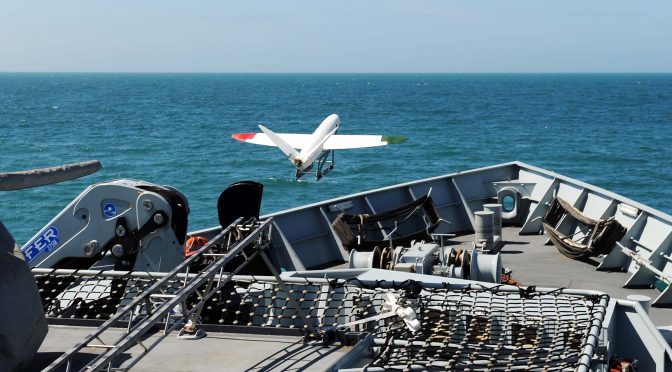
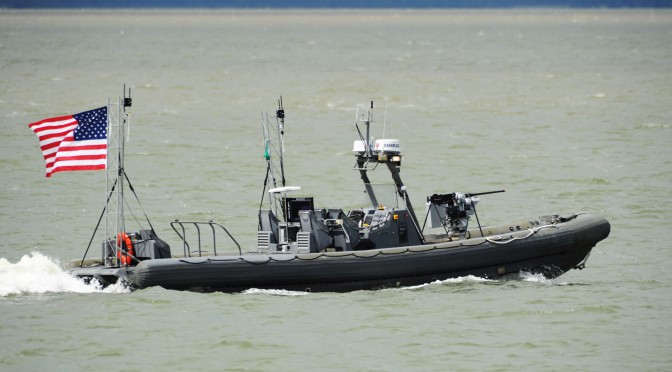
 e discuss the Office of Naval Research (ONR’s)
e discuss the Office of Naval Research (ONR’s) 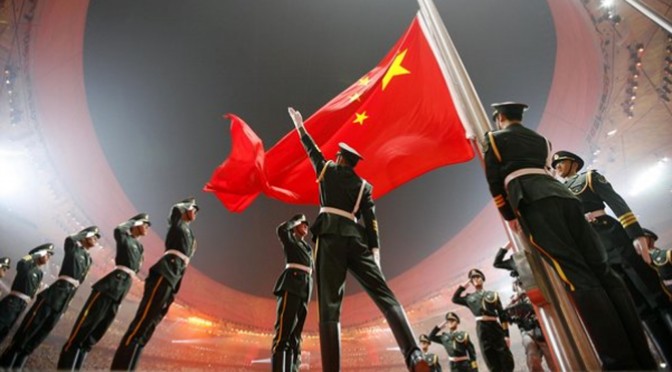

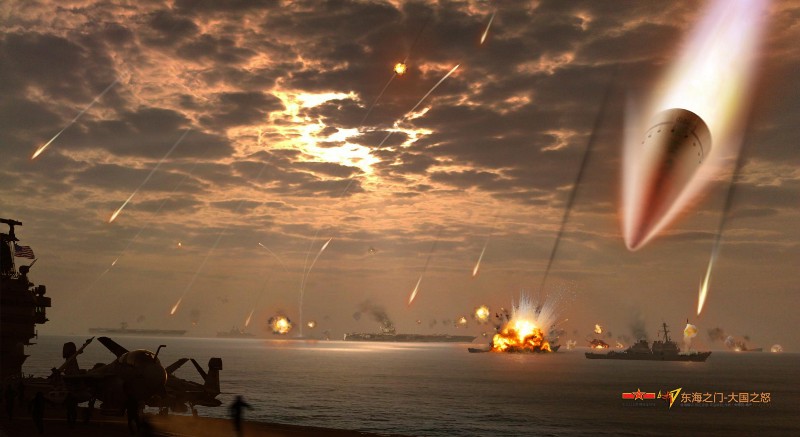



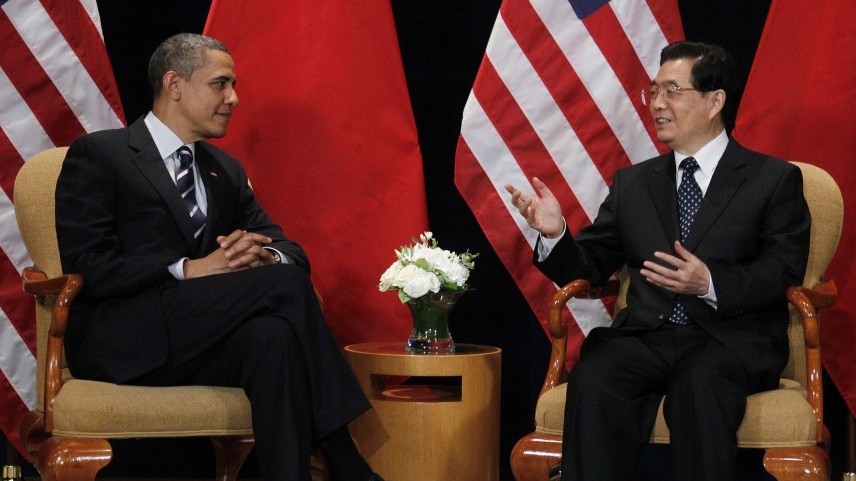
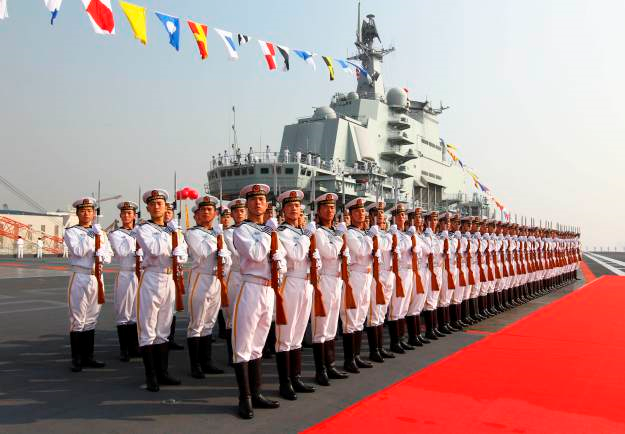

 mmodation: The Best Option for Preventing War in the Taiwa
mmodation: The Best Option for Preventing War in the Taiwa